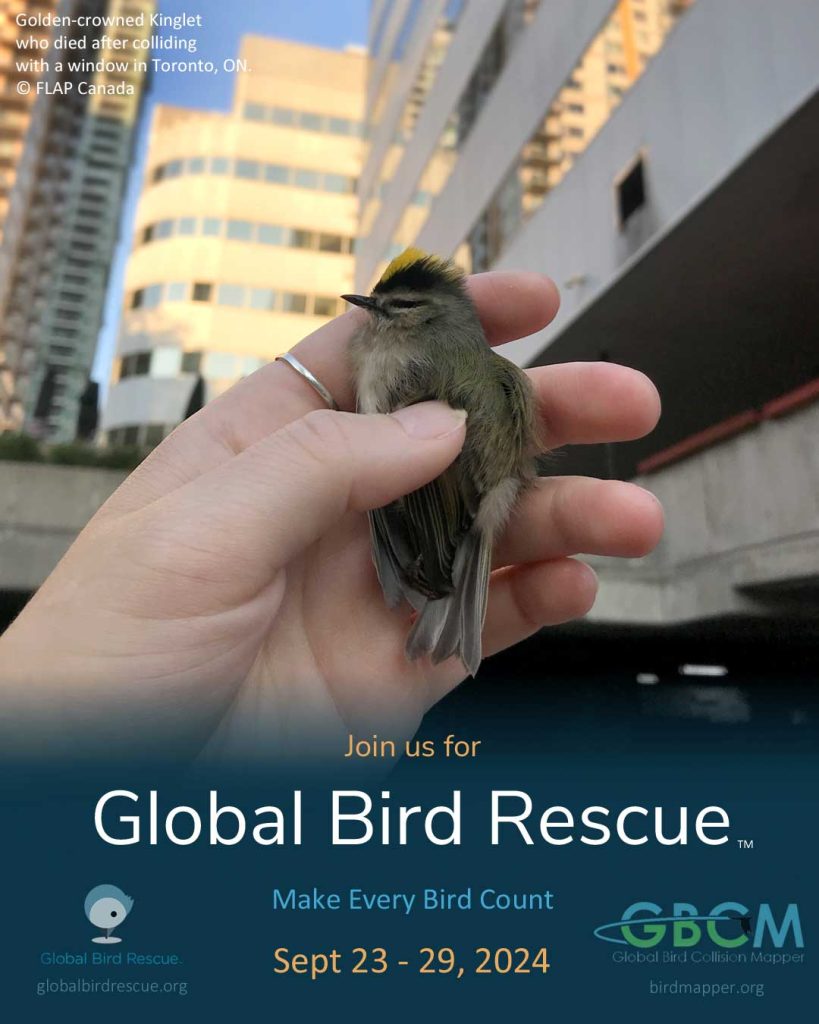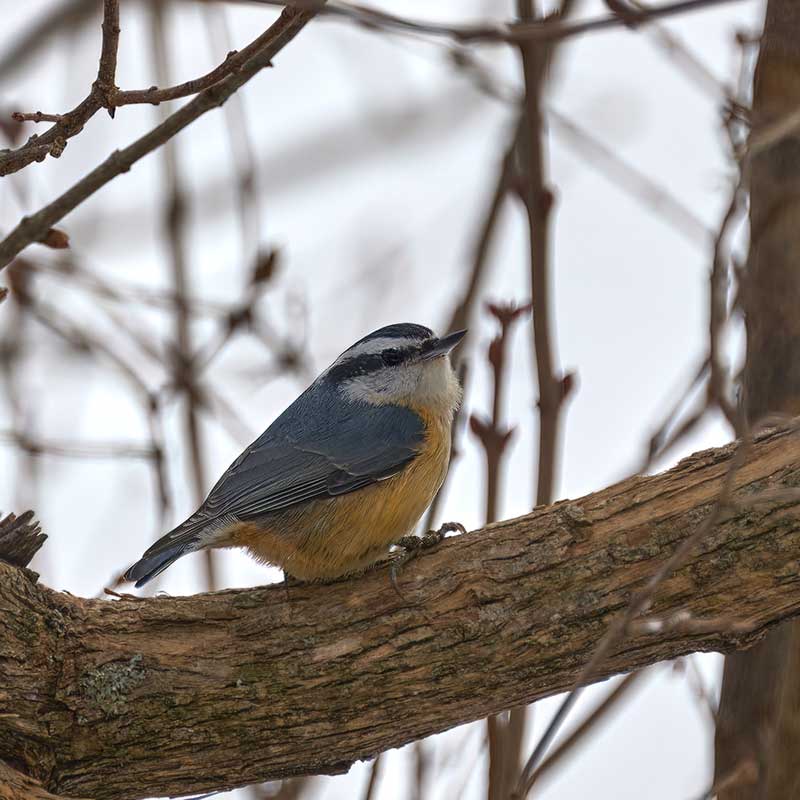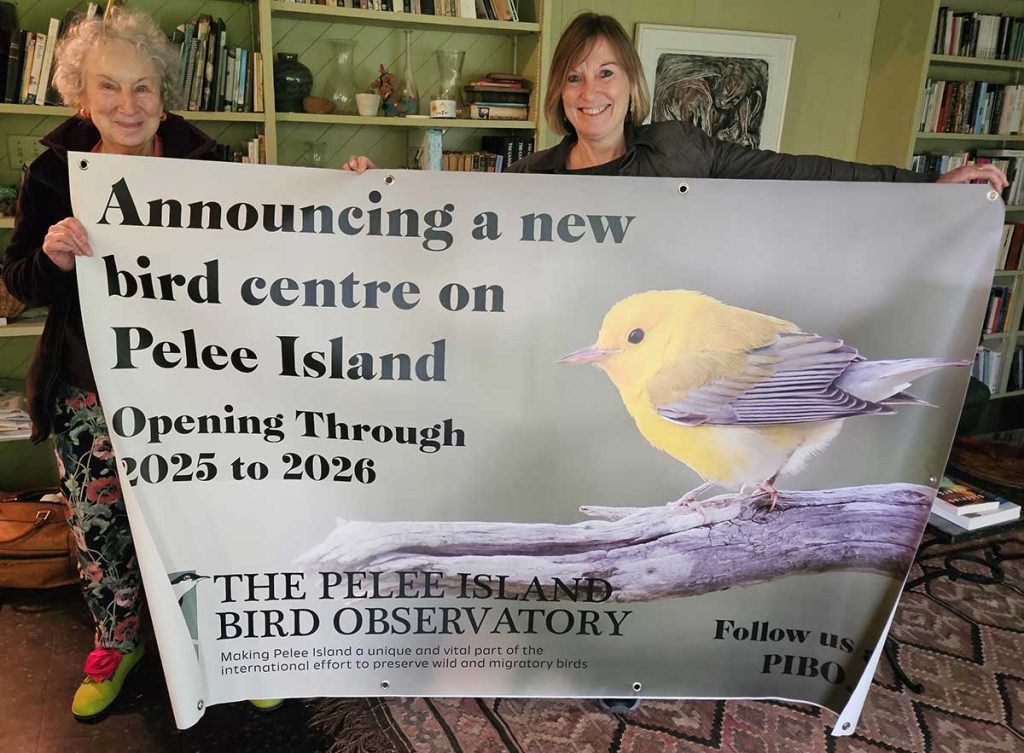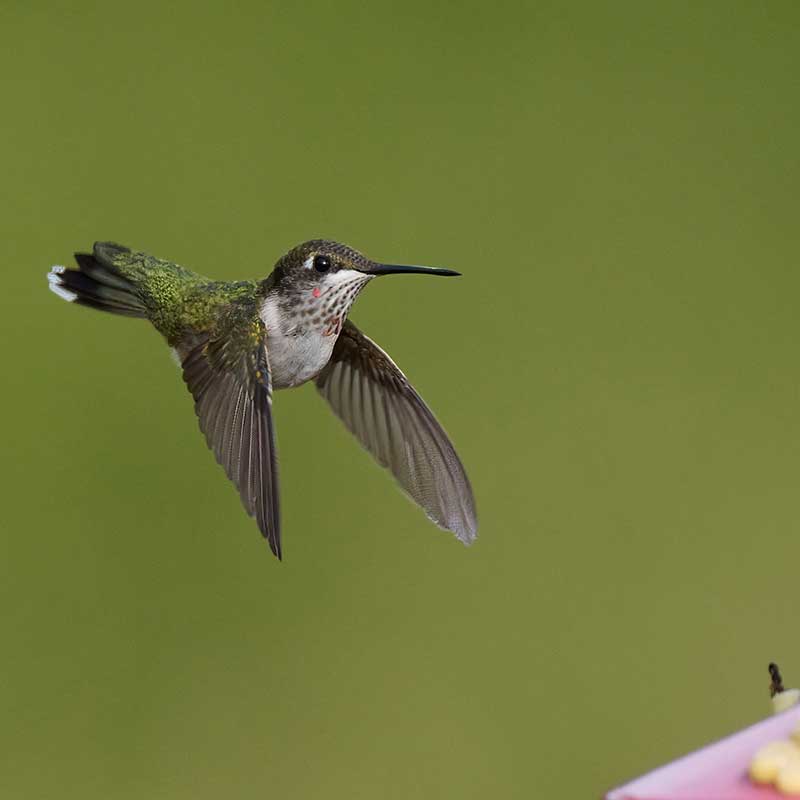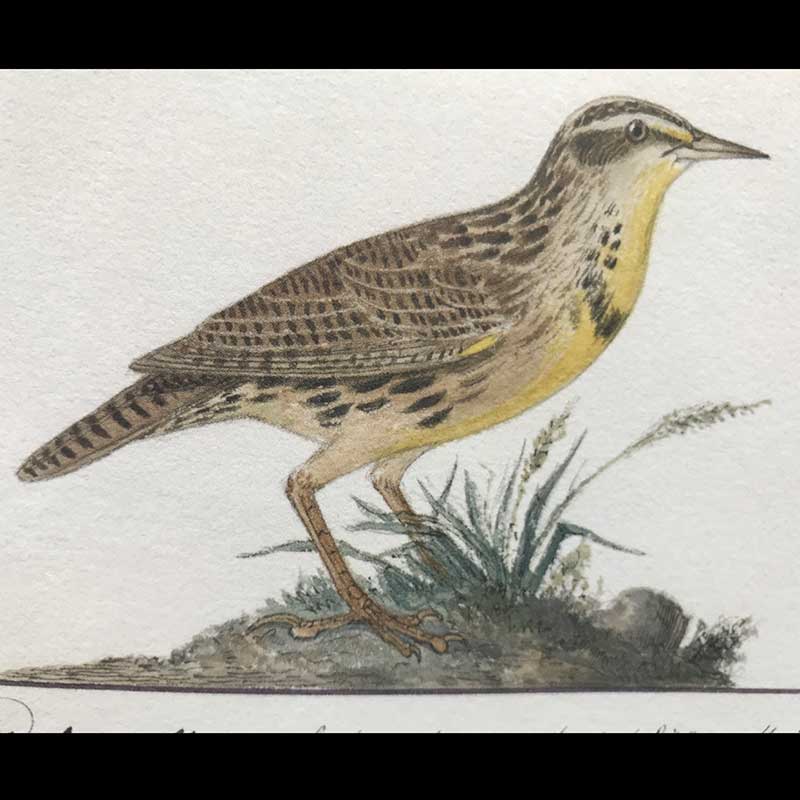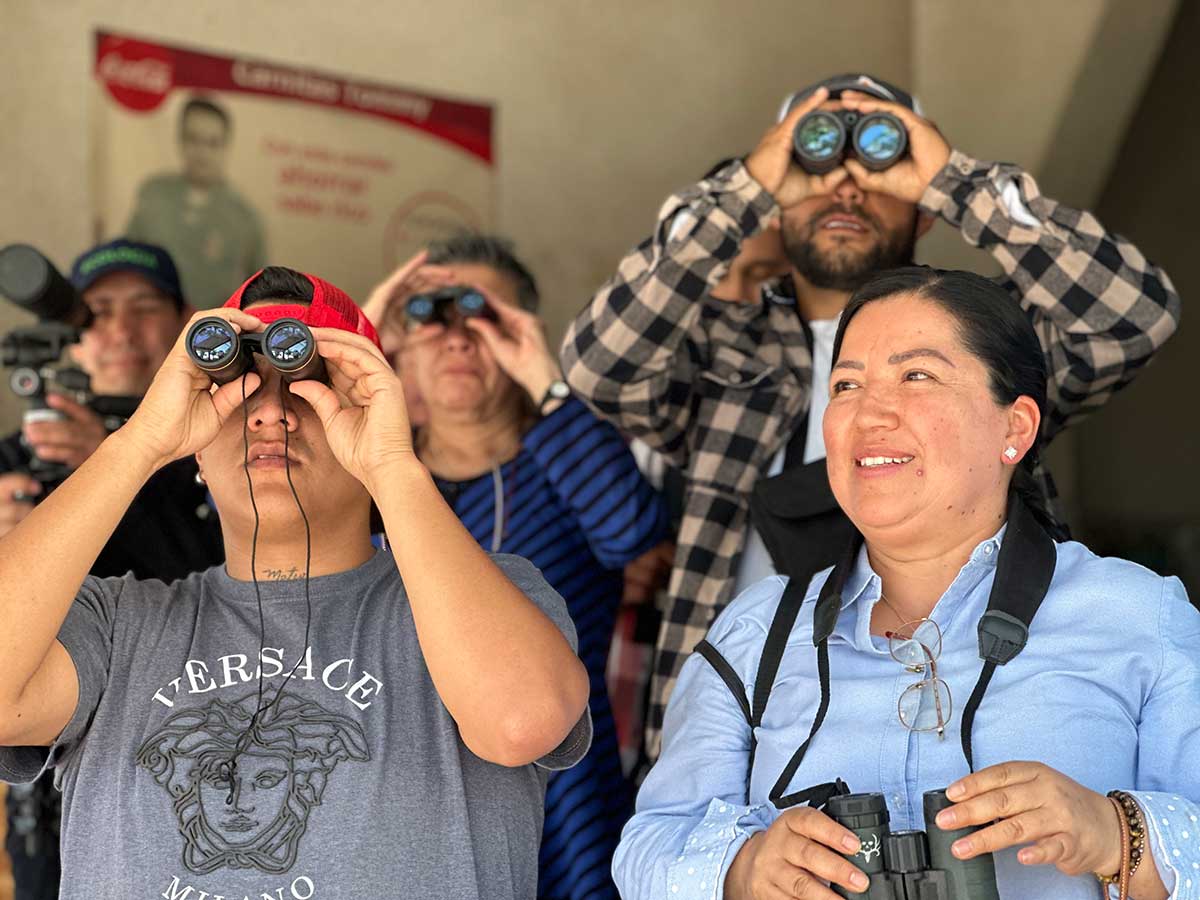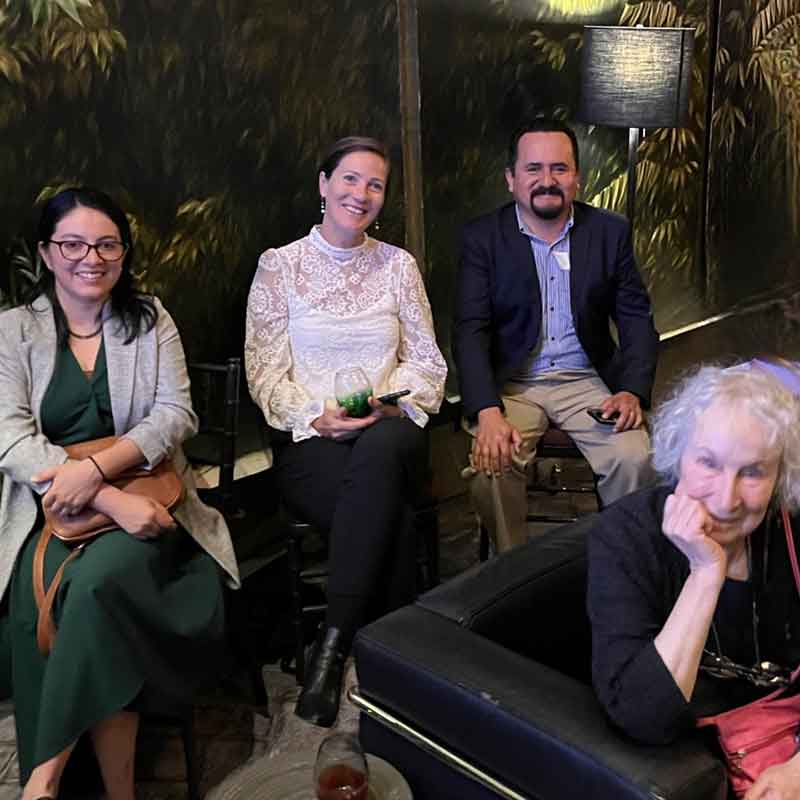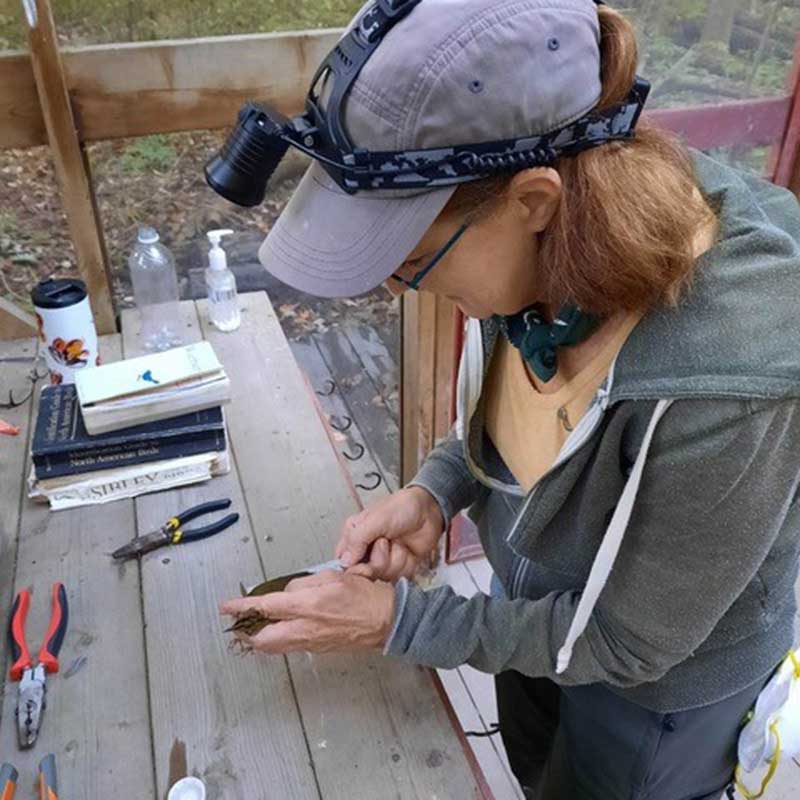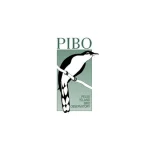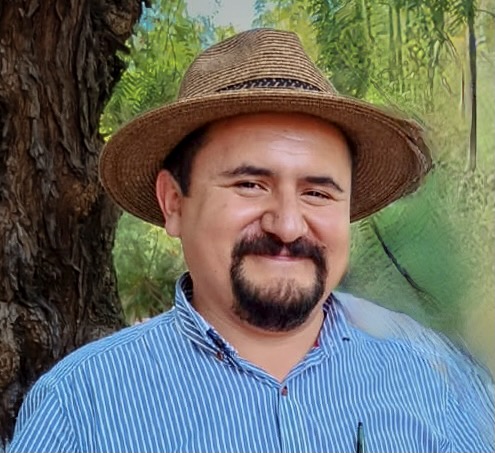Our appreciation to Paul Jones, Mike V.A. Burrell, Richard K. Cooper, Sumiko Onishi and all the bird photographers who shared their work in these pages.
WELCOME TO THE PELEE ISLAND BIRD OBSERVATORY
The Pelee Island Bird Observatory (PIBO) is uniquely situated on the most southerly island in Canada, nestled in the western arc of Lake Erie, between the mainlands of Ohio and Ontario, but most importantly, in the path of two major migratory flyways for songbirds that winter in Central and South America and breed in Ontario. Among PIBO’s many research and outreach projects, PIBO conducts annual migration counts and bird banding. We also monitor the island’s significant breeding bird communities. Our online newsletter, The Auspice, provides migration summaries, records unusual bird sightings, bird population declines, and other birding news. And our downloadable bird checklist highlights the impressive range of birds that visit Pelee Island, including several Species at Risk and those that have limited breeding ranges in Ontario. Find out more about Who We Are and What We Do—and what YOU can do to help protect birds and bird habitat in southeastern Ontario
Bird Rescue Week
PIBO is calling for volunteers to participate in bird rescue walks in the Windsor area during Global Bird Rescue week, September 23 to 29. Every year, millions of birds collide with office-tower windows during the migration season. Some survive the collision: PIBO staff and volunteers will gather these survivors in the early mornings and bring them to Erie Wildlife Rescue, a volunteer-based charity that provides medical care to injured wild animals.
Anyone interested in participating can email PIBO Executive Director Suzanne Friemann () or show up at 7 a.m. outside 400 Chilver Road, Windsor. Each walk will take about 3 hours, after which there will be coffee and conversation at the Taloola Cafe.
For more information about Global Bird Rescue, visit globalbirdrescue.org
Join BIRDS of a FEATHER!
Help PIBO expand its research, education, and outreach programs!
Join PIBO’s new membership program—BIRDS of a FEATHER—and receive The Pinion, our new bimonthly e-journal of news, views, and reviews at home on Pelee Island and along the hemispheric flyways. Together, we can build a better future for birds.
Migration Summary - August 15-31, 2024
During the third week of August, strong north winds sent many migratory species to the island. Forecasted rain, however often strayed off course, and the ground started drying up. The surface of the ground was dry and cracked, and we hardly heard any mosquitoes buzzing in the netting area. After a week of pleasant autumn-like weather the wind shifted to the south, and a heat warning was issued for the last week of August. The dried vegetation started turning yellow and yielding its leaves to the strong, warm wind.
Missed Rodrigo Lopez’s Bird Talk?
No problem! For those who weren’t on Pelee Island in May for this year’s Bird Talk, presented by Mexican field guide Rodrigo Lopez, you can listen to the entire talk on YouTube.
On Mother’s Day 2024, the Pelee Island Bird Observatory officially announced the development of a new Bird Centre on Pelee Island. A little more than a year before, PIBO purchased The Bike Shop, formerly the LCBO, which sits on West Shore Road almost across from the ferry terminal. Demolition has already begun to gut the interior and begin the two-million dollar renovation that will see the building reborn as a research and education centre. Stayed tuned for stories about the transformation of PIBO’s fledgling project.
Hummers Need Our Help
Hummingbirds aren’t often included in discussions about threatened bird species, but according to Birdlife International, 28 species of New World hummingbirds are now considered vulnerable, with at least 8 nearing extinction. Most of those, such as Juan Fernandez and the Sapphire-bellied hummingbirds, are found only in Central and South America. But several North American hummingbirds are also becoming species of concern.
Of the three species found west of the Rockies – Anna’s, Allen’s and Costa’s hummingbirds – the Allen’s population has declined by 83 percent since 1970, down to fewer than 700,000 individuals, and is still declining. The Rufous hummingbird has lost two-thirds of its population in the past 50 years, and is one of 70 bird species considered to be at Birdlife International’s “Tipping Point,” which means it is expected to become extinct in the next 50 years.
Ontario’s Species-at-Risk Act Threatened
The Ontario government wants to water down the province’s Species-at-Risk Act in order to push through its plans to build Highway 413, a mega-project that will cut through 220 wetlands, 85 waterways, the Greenbelt, and the protected habitat of 11 at-risk species, including those of seven birds.
Claiming that the new highway is necessary to facilitate access to new housing north of Toronto, the Ford government is introducing amendments to the Ontario Species-at-Risk Act that reduces by half the amount of time a habitat can be protected. Currently the Act states that if a species-at-risk has occupied a particular habitat in the past 20 years, that habitat must be protected and/or restored. The new legislation would reduce that period to 10 years.
PIBO in Mexico: The Prismaticos Project 2024
The second year of PIBO’s Graeme Gibson Prismaticos Project is underway. We gathered used binoculars, spotting scopes and bird books in Canada to distribute to forest rangers, nature guides, and school classrooms in Mexico. Over the winter, our Mexican partner, Rodrigo Lopez, sent out dozens of request forms, and from among those who applied he selected eight recipients whose needs were most urgent.
This March, for Phase One, he travelled to the city of Chupícuaro, in southwestern Guanajuato state, to deliver seven pairs of binoculars and a spotting scope to a group of volunteer guardabosques
Did You Know?
The American Ornithological Society has committed to changing the English-language names of all birds in North America named after people, along with names deemed offensive or exclusionary. Beginning in 2024, a select AOS committee will rename 70-80 birds species in Canada and the U.S. that have human names: thus new names will be sought for such birds as Barrow’s goldeneye, Sprague’s pipit, Wilson’s snipe, and Cooper’s hawk.
The process has already begun with some species: for example, in 2020 the name of the McCown’s longspur was changed to the Thick-billed longspur, because its original name referred to General John McCown, an officer in the American Confederate army.
“As scientists, we work to eliminate bias,” says AOS executive director and CEO Judith Scarl. “Exclusionary naming conventions developed in the 1880s, clouded by racism and bigotry, don’t work for us today.”
The AOS’s ultimate goal is to make birding more attractive to those who might be put off by bird names that evoke unpleasant historical associations. North America has lost nearly 3 billion birds since 1970. If more people become involved with birding, the AOS hopes more efforts will be made to preserve and protect species and reverse declining bird populations.
New and Noteworthy
PIBO in Mexico
On March 2, PIBO held its first Birds Without Borders Sunset Cocktail Party, an event designed to raise funds for our 2024 Guest Birder and International Intern programs. The party was hosted in San Miguel de Allende, Mexico, by Camino Sylvestre.
Work With Us!
Every year PIBO hires two Assistant Field Biologists, one for the spring banding season and one for the fall. We also welcome volunteers to work with our field staff on Pelee Island throughout the April to October season.
In the fall, we welcome a PIBO International Intern, an ornithologist or avian biologist working somewhere along the hemispheric flyway. Our first in this important skills-exchange program was Martha Ramirez Cruz from Hidalgo, Mexico.
We run a variety of important projects on the island, including bird banding (in 2023 we banded nearly 2,800 birds between May and October), breeding bird studies, migration monitoring, and Purple martin research.
If you are interested in being a volunteer or working with PIBO, find out more:

